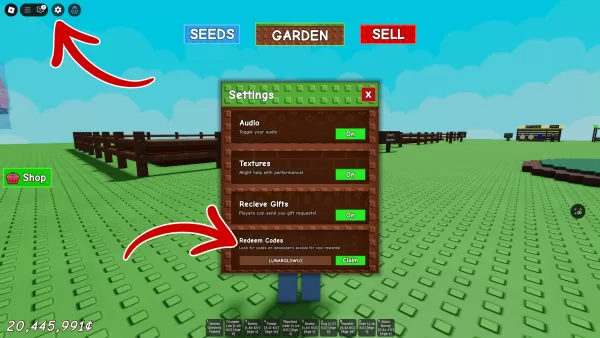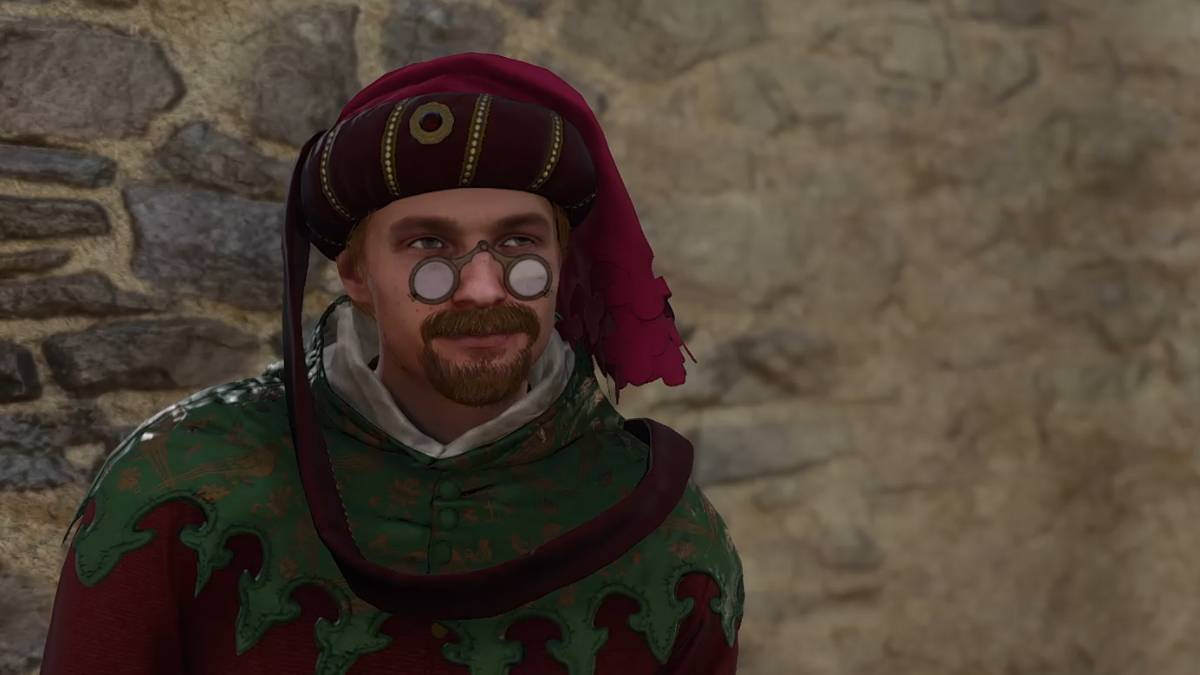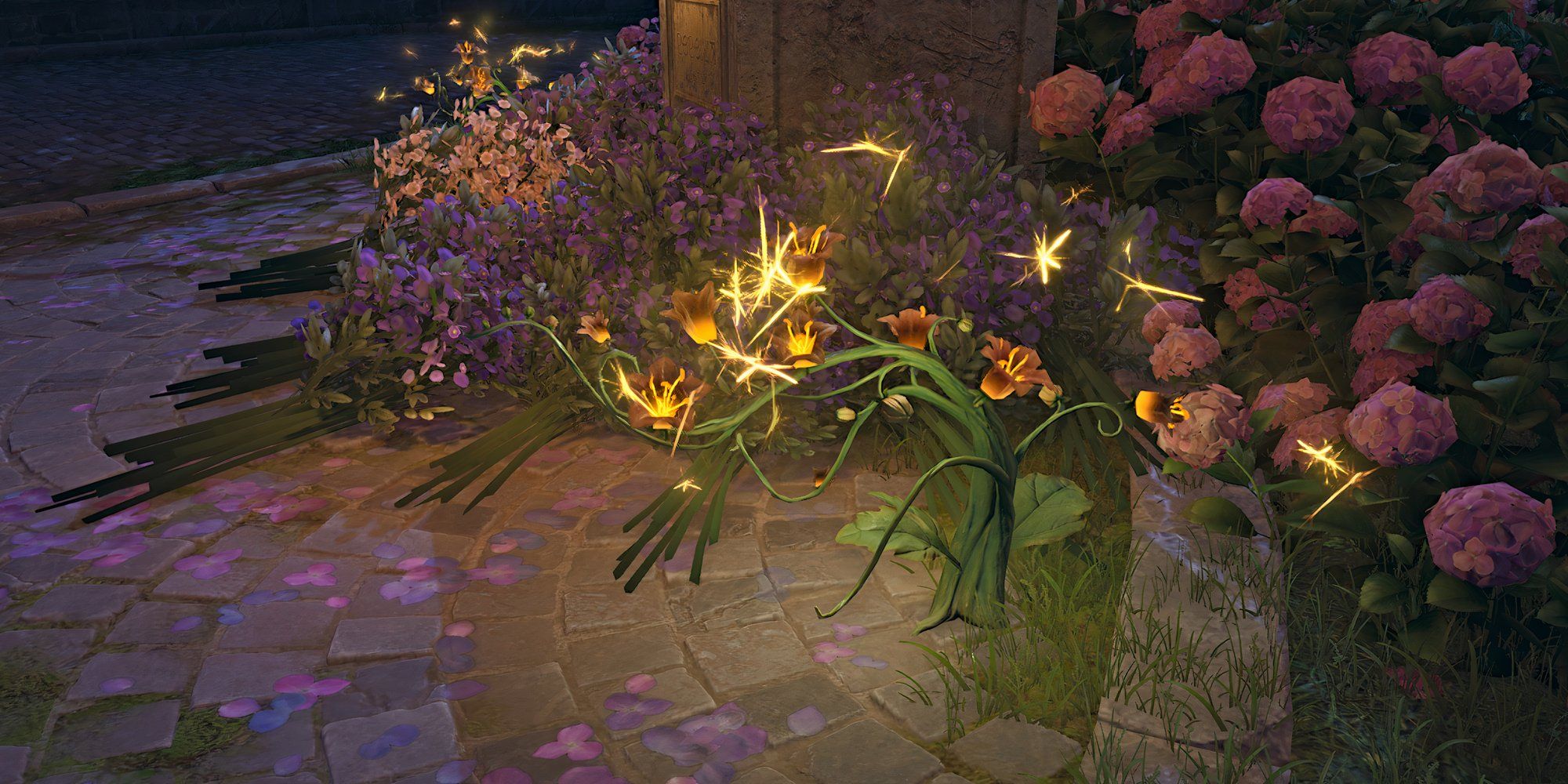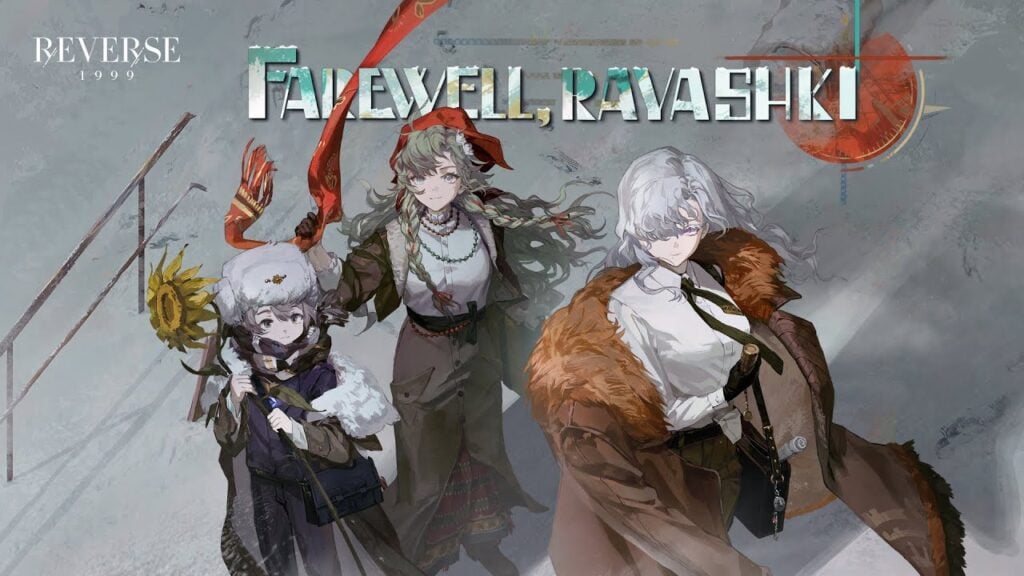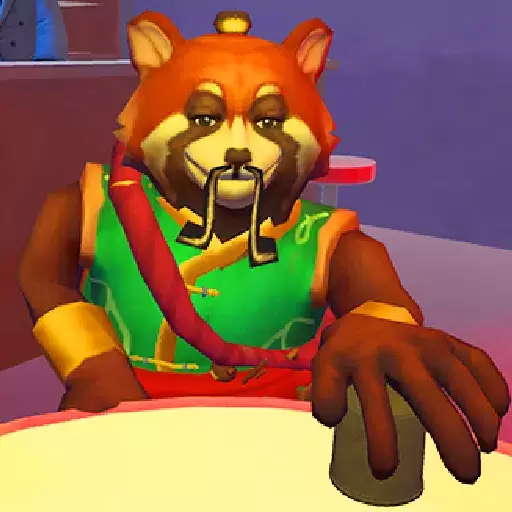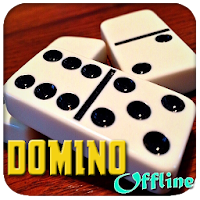At the start of April, Nintendo unveiled their highly-anticipated Switch 2 during a Direct presentation that left fans buzzing with excitement. Showcasing innovative features and a diverse lineup of upcoming games, the event concluded on a suspenseful note—the price was conspicuously absent. Soon after, the fears of a price hike were confirmed when Nintendo revealed on their new Switch 2 website that the console would retail for $449, marking a $150 increase over the original Switch's $299 launch price. This announcement, coupled with the news that the flagship launch game, Mario Kart World, would cost $80, sparked both outrage and concern over the console's market performance.
Echoes of the Wii U's struggles resurfaced among some Nintendo fans, prompting concerns that the Switch 2's higher price point might limit its reach and potentially usher in another challenging era for the company. The comparison to the PS5 and Xbox Series X, which also retail around $450, fueled debates over whether consumers would invest in what some perceived as last-gen technology. However, these worries were quickly dispelled by a Bloomberg report predicting that the Switch 2 could become the most successful console launch ever, projecting sales of 6-8 million units. This figure would eclipse the record of 4.5 million units set by the PS4 and PS5, suggesting a strong demand for the Switch 2 despite its cost.
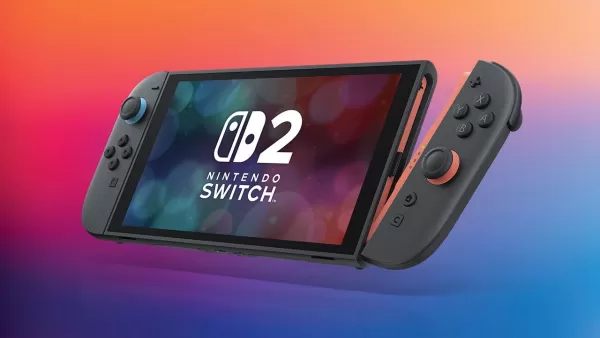
While the Switch 2's price tag positions it as a premium product, it aligns closely with its competitors. Looking back at Nintendo's history, the Virtual Boy serves as a stark contrast to the potential success of the Switch 2. Launched 20 years ago, the Virtual Boy aimed to bring virtual reality to gamers but was hindered by its cumbersome design and health concerns, such as headaches reported by users. Unlike the Virtual Boy, the Switch 2 shares more in common with the revolutionary Wii, which introduced motion control and significantly broadened the gaming demographic. The Wii's enduring impact is evident in the continued inclusion of motion controls in Nintendo's lineup, enhancing gameplay in titles like Pikmin and Metroid Prime.
Nintendo's knack for creating compelling consoles is not unique, as evidenced by Sony's PlayStation 2, which doubled as a DVD player and became a household staple. However, Nintendo's success with the original Switch, which seamlessly transitioned between handheld and home console modes, set a new standard in gaming. The Switch 2 builds on this legacy by addressing the original's power limitations, offering enhanced performance that gamers have been eager for. Though not as groundbreaking as its predecessor, the Switch 2 remains a highly sought-after device.
The Switch 2's pricing strategy is consistent with that of its competitors, and while hardware is crucial, the real differentiator lies in the games. The Wii U's failure was not solely due to its unconventional design but largely because it lacked a compelling game lineup at launch. Titles like New Super Mario Bros. U and others felt repetitive and failed to capture the imagination of gamers. In contrast, the Switch 2 not only benefits from the robust library of the original Switch but also introduces new ways to enjoy these games, along with fresh titles like Mario Kart World. This launch game breaks from tradition with an open-world design reminiscent of Forza Horizon, offering a fresh take that sets it apart from Mario Kart 8 Deluxe. Following closely, Nintendo plans to release a 3D Donkey Kong game and a FromSoft exclusive reminiscent of Bloodborne, ensuring a strong lineup that justifies the console's price.
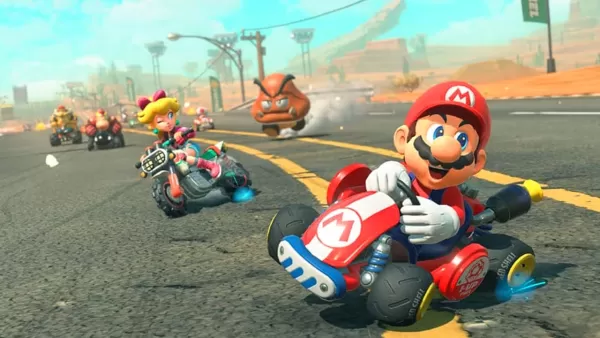
Mario Kart World promises to be a worthy upgrade over Mario Kart 8 Deluxe. Price will always be a consideration for consumers, and the Switch 2's $449 price tag positions it as a luxury item, especially in today's economic climate. However, this price is in line with the standard PS5 and Xbox Series X, which also retail around $499 for their bundles. While some might argue that the Switch 2's hardware should place it closer to the Xbox Series S's price point, Nintendo's unique offerings and game library add significant value beyond mere performance metrics.
Historically, the PS3's high launch price of $499 to $600 ($790 to $950 adjusted for inflation) in 2006 deterred many buyers, leading them to opt for the more affordable Xbox 360. In 2025, the Switch 2's price, while high, is not unprecedented and reflects the current market standard for gaming consoles.
AnswerSee ResultsNintendo's unique position in the gaming industry stems from its ability to create games that set industry standards, and fans are willing to pay a premium for this experience. Yet, the Switch 2's pricing is not a premium over its competitors but rather aligns with the industry standard. While it may not match the PS5's power, the Switch 2 offers a compelling package of desired technology and a rich game library. There are limits to what consumers will pay, and if game prices continue to rise, Nintendo might reach that ceiling. However, for now, the Switch 2's price reflects the benchmark set by the competition, and with over 75 million PS5 units sold, it's clear that consumers are willing to invest in this price range.

 Latest Downloads
Latest Downloads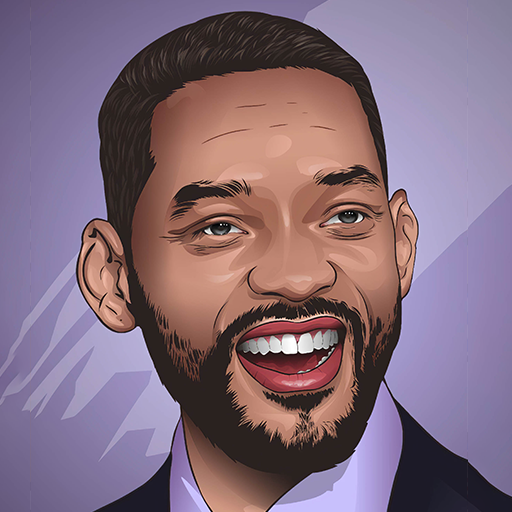
 Downlaod
Downlaod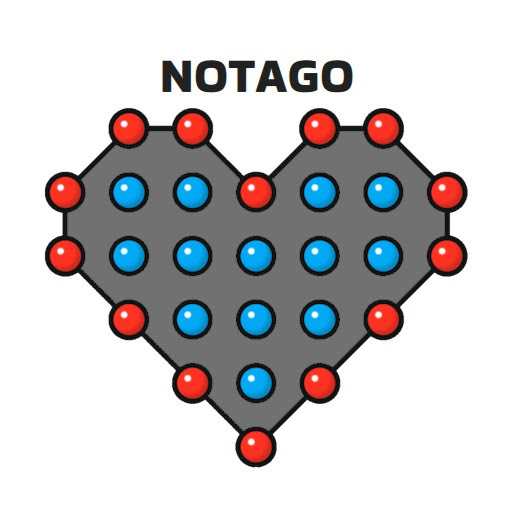
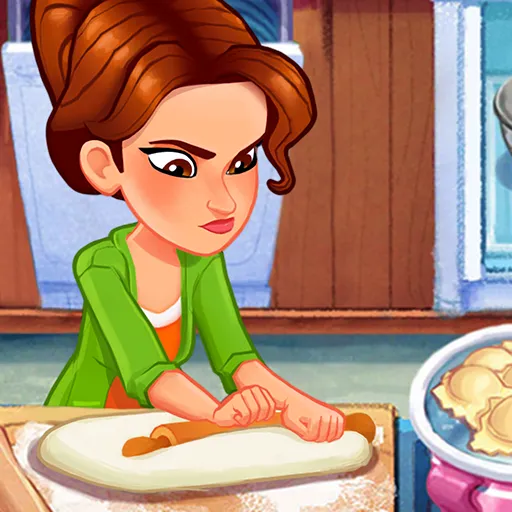
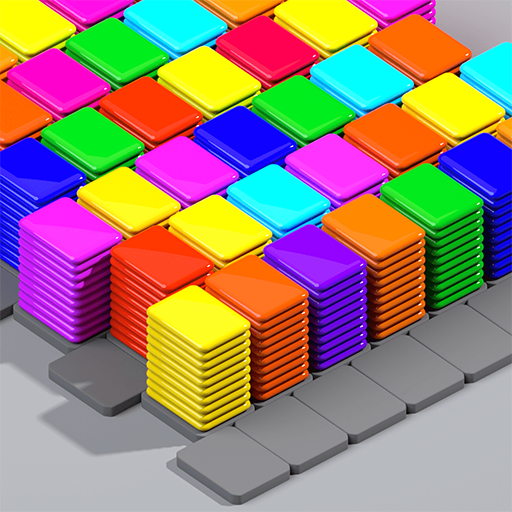
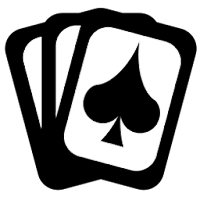
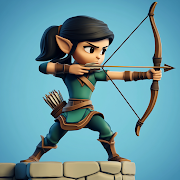
 Top News
Top News